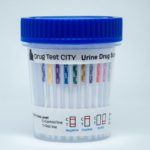
It may surprise you to know that even though humans have been using drugs for 6,000 years drug testing is a relatively new invention. Our history of drug testing really didn’t start until the 1980s when a handful of workplace accidents spurred the federal government to take a closer look.
The earliest recorded use of drugs was by the early Egyptian dynasties. The medical and religious use of marijuana can be traced back nearly 5,000 years in China.
The Rigveda (ancient canonical text of Hindu) mentions Soma more than 3500 years ago, a drink that was extracted from a plant that was said to produce immortality. Historians and researchers believe it was a plant extract that resembled ephedrine or other stimulants.
It wasn’t until the 19th century when cultures started purifying, synthesizing and altering organic substances that drugs became more powerful and the negative effects of drug use started to become apparent.
Earliest Drug Testing in the Equine Industry
The first drug testing was used in horse racing. European horse trainers brought the techniques of doping horses with them to America which was soon adopted by many American horse trainers in the early 1910s. The first horseman that was suspected publicly of doping horses was John Oliver Keene, better known as Jack Keene, the developer of Keeneland.
While racing in Russia he began dominating the circuit. Russian trainers became suspect and devised a plan to test the horse’s saliva after they suspected Keene had fed drugs to the horses by force feeding the horse saliva to frogs. The frogs began acting erratically and soon Jack Keene was banned from horse racing in Russia.
Once back in America where he founded Raceland park and eventually Keeneland.
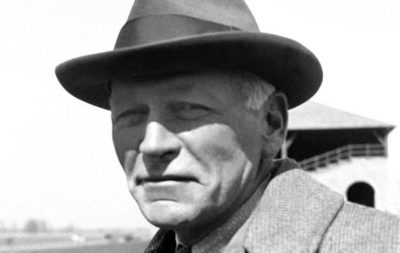
From 1930-1950 several drug testing labs for the equine industry were set up across the country. They mostly tested the saliva of horses using microcrystalline testing.
Saliva samples were mixed solvents and then combined with reagents. Once the solvents evaporated the crystalline residues that were left were examined under a microscope and compared with crystals produced by known drugs used by equestrians.
In the 1950s chromatography was substantially improved by Archer John Porter Martin and Richard Laurence Millington Synge who both won the Nobel prize in chemistry for their work. Chromatography quickly became the primary technique for drug testing over the next decade.
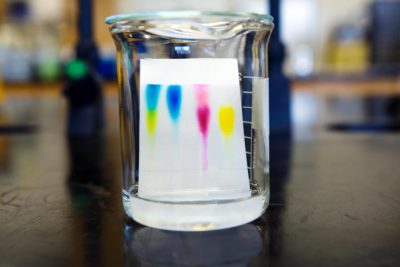
Early practitioners used thin film chromatography which was soon replaced by gas chromatography.
History of Drug Testing in the Workforce: Ford Sociological Department
It is now widely accepted that drug testing employees increases productivity and safety and reduces employee turnover, but management noticed this trend long before data was collected or published about it.
In the 1910s Henry Ford’s automobile business was booming. The increase in sales meant that he needed to keep approximately 15,000 workers manning his assembly lines.
At the time auto work was a dangerous, tedious and low paying job that had a high turnover rate. In 1913 Ford had hired a total of 52,000 workers even though there were never more than 15,000 on the payroll at one time.
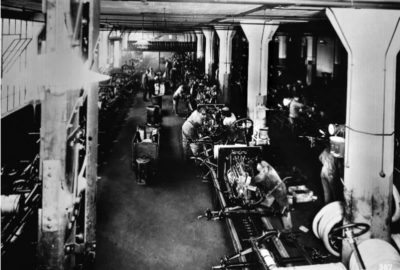
In 1914 Henry Ford doubled the hourly rate for his employees from $2.34 to $5. The increased salary came with strings attached. Employees had to be continually employed by Ford for 6 months before receiving their raise, and they also had to submit to the Ford Sociological Department.
Ford wanted his employees to become model citizens. Shift leaders had long suspected that employees that drank and gambled were not as productive, and such a large increase if pay afforded the company the opportunity to intrusively monitor their employees for degenerate behavior.
Besides the increase in pay Ford offered workers that signed up for the Sociological department many other incentives. These included:
- An English School for immigrants
- Assistance with transitioning from rentals to home ownership
- Low cost loans for housing and furniture
- Access to lawyers on staff
- Free access to medical care for employees and their family
The program was paternalistic, intrusive and expensive. Most workers whole heartedly bought in however because the benefits were so great that the invasion of their privacy seemed minimal.
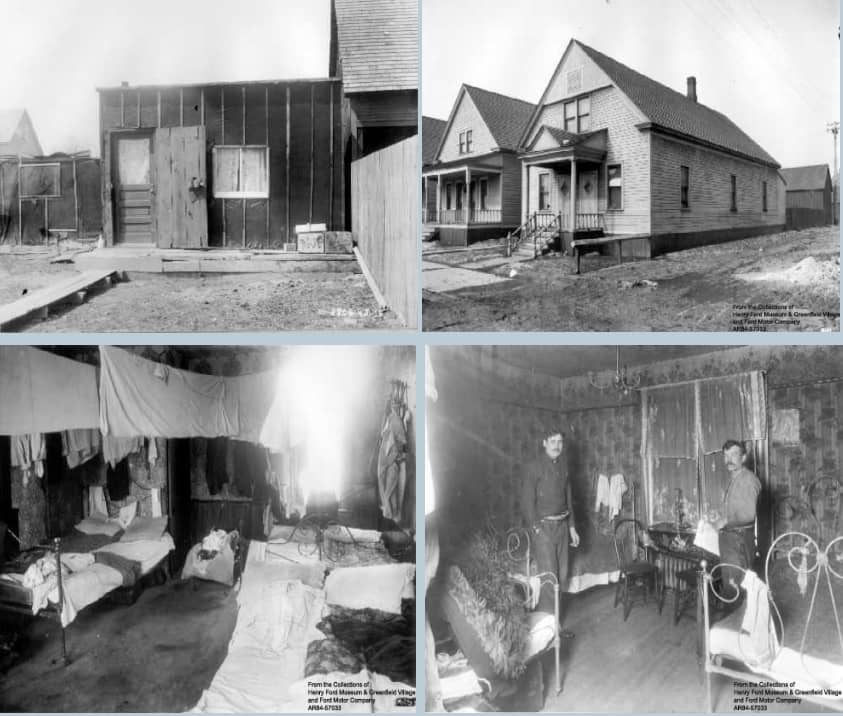
The program was also successful. Turnover fell from 370% in 1913 to just 16% in 1915. Due to controversy, economic cost and a reorganization of the company Ford’s Sociological Department ended in 1920. Even Henry Ford himself disagreed with many of the intrusions the department brought with it. In Ford’s 1922 autobiography he said so himself.
“paternalism has no place in industry. Welfare work that consists in prying into employees’ private concerns is out of date. Men need counsel and men need help, often special help; and all this ought to be rendered for decency’s sake. But the broad workable plan of investment and participation will do more to solidify industry and strengthen organization than will any social work on the outside.” – Henry Ford , My Life and Work-An Autobiography of Henry Ford
Even though drug testing itself wasn’t a part of Ford’s sociology experiment, the whole program was an early 20th century equivalent to drug testing which has been distilled down to a single scientific test that lacks the controversy of an intrusive spy ring. The results were similar and were in line with the drive to increase productivity and worker efficiency by auto manufacturers of the day.
History of Drug Testing in the 1980s: Employment
Beginning in 1980 there were several high profile workplace accidents that were linked to on the job drug use.
In 1981 an accident aboard the USS Nimitz left 14 sailors dead and 48 injured. Property damage was estimated at $150 million and when autopsies were performed it was found that six sailors tested positive for marijuana.
The Department of Defense acted quickly adopting several new policies for drug testing and drug use in the military.
In 1987 a Conrail train crashed into an Amtrak passenger train north of Baltimore after running a warning signal. During the NTSB investigation that followed it was found that engineer Ricky Gates tested positive for marijuana and PCP. The brakeman Eddie Cromwell also tested positive for PCP but was given immunity for testifying that the crew was smoking marijuana just before the accident.
Sixteen people died in the Conrail crash and 174 were injured. The NTSB ruled that drug impairment was the root cause of the disaster.
Ricky Gates was charged with manslaughter and was released after spending 4 years in prison. During a subsequent interview with the Baltimore Sun Gates said that the accident would not have happened if he hadn’t been smoking marijuana. He said the drug threw his perception of speed and time off and that he had skipped critical safety measures in his rush to get back to Baltimore and get high.
Drug Free Workplace and Omnibus Acts
As drug use and on the job accidents attributed to drugs continued to rise it became a common story in news media.
In 1986 Ronald Reagan used his executive powers as President to issue Executive Order 12564 which required mandatory drug testing for federal employees.
In response Congress passed the Drug Free Workplace Act of 1988 which outlined drug testing regulations for businesses that received federal contracts, but also informed the drug policy of businesses across the country.
Discounts to workers compensation plans and corporate insurance lead many companies to institute their own drug free workplace policies even though they were not subject to the same federal oversight.
It became clear that the biggest dangers of workplace drug use was in the transportation industry. In 1991 Congress passed the Omnibus Transportation Employee Testing Act which requires drug testing for all safety sensitive employees in the transportation industry. The Department of Transportation oversees mandatory random drug testing and pre-screening for employees in trucking, railroads, aviation, pipeline, public transit and other transportation related industries.
Widespread Adoption and Drug Testing Advancements
During the 1980s immunoassays were developed with increased sensitivity that were necessary to detect highly potent drugs. The pinnacle of early immunoassay testing was enzyme linked immunosorbent assays (ELISA).
In 1988 with the expanding role of independent labs in testing employees subject to the drug free workplace policy the government standardized laboratory oversight with the CLIA amendment. Laboratories were subject to CLIA since the initial law was passed in 1967, but the new amendments helped clarify the regulations and policies regarding the different complexities.
In the early 1990s laboratories started using gas chromatography with mass spectroscopy (GC/MS) to confirm drug test results. This new technology brought sensitivity and accuracy to new levels.
Since more and more businesses were integrating drug free workplace policies and drug testing employees scientists developed rapid drug tests that could be used on site and give near instant results for employers.
A laboratory will now have multiple methods for testing samples for drug use and the sensitivity is many orders of magnitude smaller than isolating crystals from horse saliva. Labs can also test several different samples including blood, urine, saliva and hair.
Rapid testing has improved to the point many companies administer their own drug testing on site and only involve a lab when there is a positive or inconclusive result.
Since the 2000s new equipment that utilizes liquid chromatography with mass spectrometry (LC/MS) and triple stage mass spectrometry (LC/MS/MS). The latest advancements use what is called ultra high performance liquid chromatography with high resolution mass spectrometry (UHLC/HRMS).
While even the best LC/MS equipment was mostly used for confirmations because the number of molecules that could be tested was small and once data is collected the test could not be replayed to seek out other molecules. The new UHLC/HRMS equipment scans over a much larger range and can identify hundreds of molecules. Once the test is run the collected data can be analyzed afterward to screen for additional compounds.
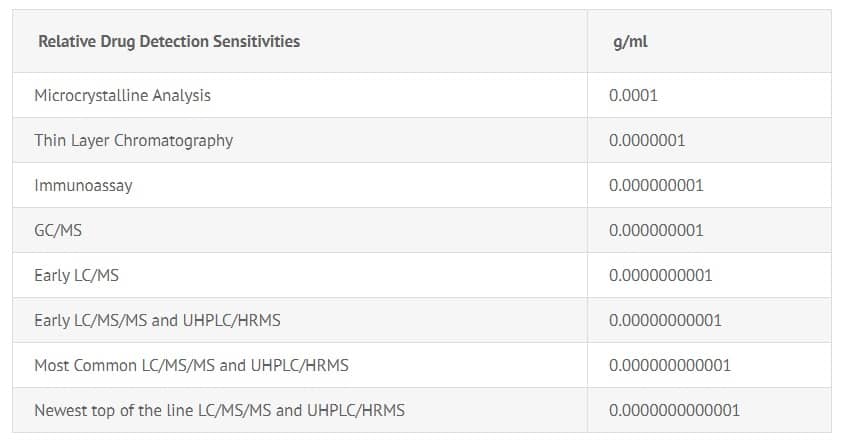
Dealing With COVID and Rising Drug Use
As 2020 began COVID 19 caused many businesses to implement work from home programs and suspend random drug testing for employees to limit contact. Many researchers theorized that drug abuse would increase and as inflated numbers of overdose deaths started to come in across the country it seemed their prediction was accurate.
It came as a shock when it was reported that positive employment drug tests were at their highest levels since 2003, and that the data for that statement was from 2019 and not during the pandemic.
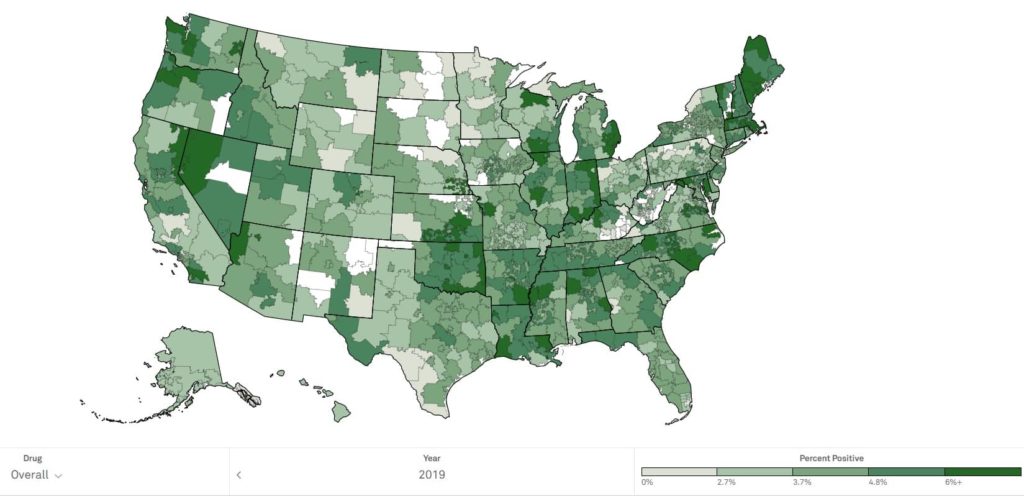
As the pandemic winds down and employees return to their offices it’s likely we will see another increase in positive drug test results.
If the history of drug testing has taught us anything it’s that when employees use drugs productivity and workplace safety suffers while turnover and liability increases. The National Council on Alcoholism and Drug Dependence (NCADD) estimated that 70%, or over 10 million of Americans who use drugs are employed and cost employers a total of $81 billion annually. It has never been more important for employers to adhere to a drug free workplace program.







